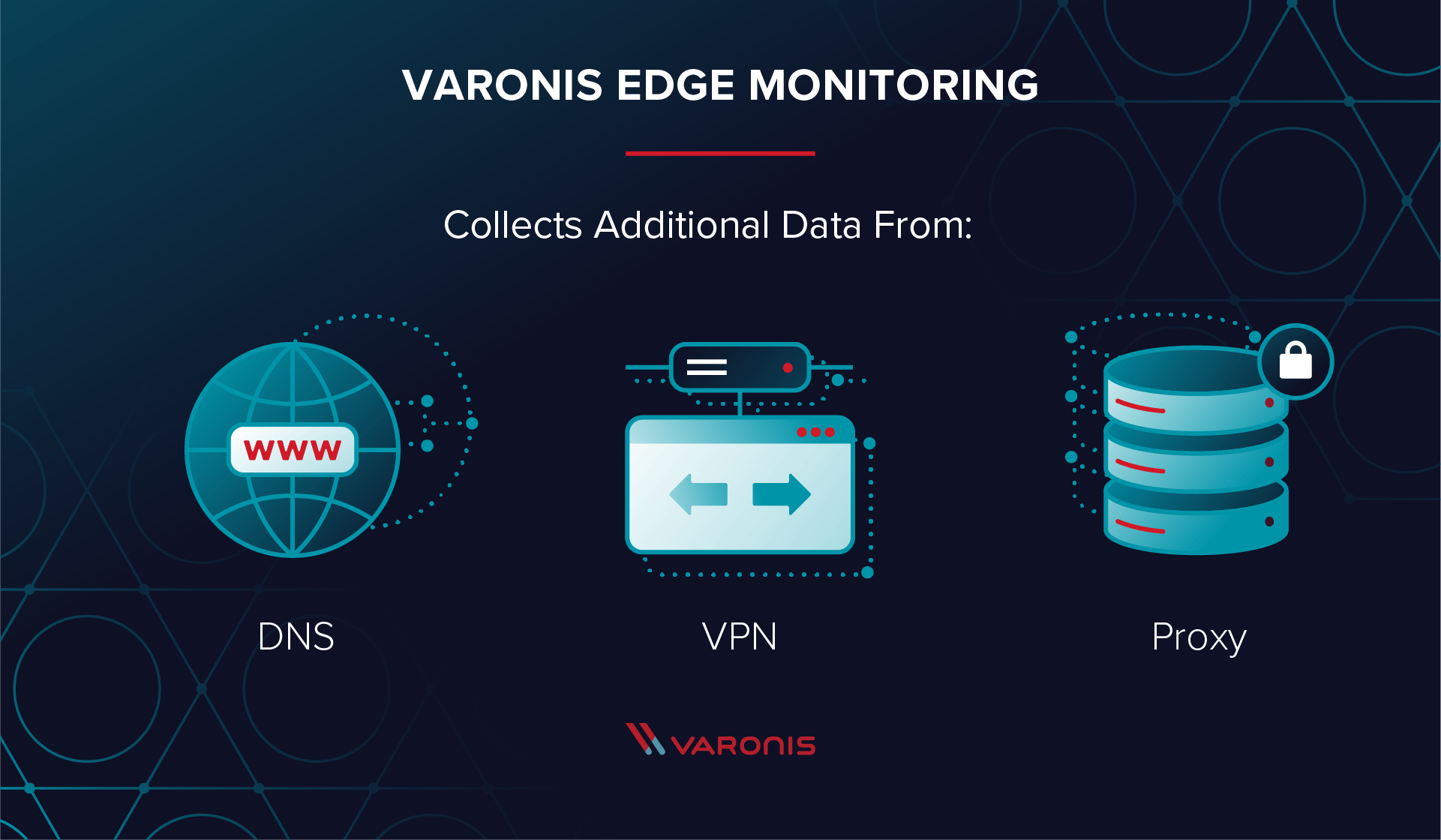Modern security teams are time-constrained, and enhanced automation can free security analysts from routine tasks and orchestrate better responses. Today’s best SIEMs leverage machine learning and user behavior to automate threat detection and situational awareness.
Table of Contents
SOAR
Security organizations face numerous challenges, but a SOAR solution unifies all security activities and can reduce operational costs. SOAR ingests alerts from many sources and can be configured to perform automated actions, including remediation. Its flexibility allows it to integrate with other security tools, such as ticketing systems, to streamline incident response. SOAR uses machine learning and human intervention to identify threats and automate responses. Combined with SIEM, these two solutions can increase the efficiency of security teams and reduce response times.
SIEM
SIEM is one of the best tools when looking for a cybersecurity solution. Experts from several different SIEM providers reiterate that it can help protect your company from a wide variety of threats. In addition to providing comprehensive cybersecurity assurance, this technology can help ensure regulatory compliance. It also lets you tap into an expert team of cybersecurity professionals. These experts are immersed in cybersecurity issues daily, so they’re the best choice for identifying and responding to modern cybercriminals. A SIEM can help your organization detect and respond to attacks in real time. It can monitor for threats like Distributed Denial of Service (DDoS) attacks, which can knock out a web property and weaken an organization’s system. It can trigger alerts when a DDoS attack is underway and inform users to protect themselves. It can also monitor system files to detect unusual changes.
UBA
User behavior analytics (UBA) is a powerful cybersecurity tool that detects suspicious and malicious activity. It is now increasingly included in comprehensive cybersecurity packages. Meanwhile, SIEM systems collect data from multiple sources and identify suspicious behavior patterns. But the high volume of alerts from SIEM products can overwhelm security teams. UBA and SIEM work by analyzing data from various sources to create a baseline for normal behavior. When this baseline is breached, an alert will be generated. This data is then compared to data from security systems and other sources. Once an abnormality is detected, a security analyst is typically contacted to investigate the activity.
Integration with SOC
Integrating SIEM with SOC can be an excellent strategy to counter cybersecurity threats. The two technologies work in tandem to provide powerful and reliable reporting and visibility. Together, they can handle vast data and make it human-friendly. The tools make it easy to prioritize threats and respond to them, which helps to reduce the risk to your business. SIEM is useful in detecting and responding to threats such as DDoS attacks, unauthorized access, and data exfiltration. Integration of SIEM with SOC can also help SOC teams conduct Immediate Threats Intelligence assessments. It can also provide detailed reports on the effectiveness of post-breach controls. This data can help SOC teams prioritize mitigation efforts based on heuristic cyber exposure scores.
Cost
Choosing the right SIEM for cybersecurity can be an expensive task. The cost can vary depending on the type of SIEM you choose and the features you need. Some SIEM solutions can cost upwards of $1 million. You should also consider the number of users and performance requirements. Additionally, the SIEM solution should be customized to meet your organization’s specific requirements. A SIEM solution is not a one-size-fits-all solution, so ask your vendor for a quote for the total cost before choosing one. In addition to detecting threats, SIEM systems can provide alerts and analytics. Event analytics can help you group events and data into meaningful sets. This information can be used for threat hunting and incident response. Some solutions can even analyze user behavior and identify stolen credentials. However, you should remember that SIEM systems must be tailored to your environment to avoid false positives and alert fatigue.
Configuration
Once you’ve chosen a SIEM for cybersecurity, you’ll want to ensure it meets your organization’s needs. The first step is to define the use cases you’ll be using it to address. Then, you’ll want to consider scaling it as your business grows. Consider your organization’s growth rate, network sprawl, number of remote locations, and user mobility. You’ll also want to configure the SIEM for cybersecurity to help your SOC monitor many different sources of event data. A good SIEM must also offer real-time network monitoring. This means it can monitor network activity associated with users, devices, applications, and non-identifiable data. This way, your SIEM can help you identify threats before they affect your network.

